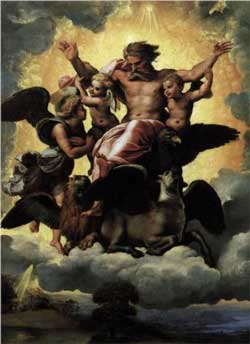
Mysticism is not new to Judaism. It dates back at least to the 6th century BCE with Ezekiel’s visions of the divine chariot (called merkavah mysticism) in Isaiah.
In the year of King Uzziah’s death I saw the Lord sitting on a throne, lofty and exalted, with the train of His robe filling the temple.
Seraphim stood above Him, each having six wings: with two he covered his face, and with two he covered his feet, and with two he flew.
And one called out to another and said,
“Holy, Holy, Holy, is the LORD of hosts,
The whole earth is full of His glory.”
– Isaiah 6:1-3
In addition, there are mystic traditions about creation taught in the Sefer Yetsirah, The Book of Creation, where God is said to have created the world through the 22 letters of the Hebrew alphabet and the ten sefirot.
Kabbalah As Interpretation of Scripture
Hebrew is considered to be a sacred language to Jews, and each letter and word has a numerical value and meaning. This tradition is known as gematria. This is one of four ways to interpret the Torah (the first 5 books of the Old Testament):
peshat (simple interpretation)
remez (allusion)
derash (homiletic, how you explain it)
sod (mysteries behind the words).
Kabbalah and Gematria are concerned with sod and the hidden meaning of the texts.
In Hebrew, the word kabbalah means “receiving,” the act of receiving ancient wisdom and being receptive to its meaning. According to legend, Moses was given both a written and an Oral Law at Mt. Sinai. It was forbidden to write down the Oral Law because once written down, it would be subject to misinterpretation and abuse. No one did so until 200 AD when Rabbi Judah haNasi compiled the Mishnah.
The Zohar
By the 13th century, Jewish culture was ripe for a new breed of mysticism to flourish. Around 1280-1286, a Spanish Jew named Moses de Leon penned and began circulating the first copies of the Kabbalah’s most famous book, the Zohar (Book of Splendor) in northern Castile.
Like many authors of esoteric texts, de Leon claimed the text had ancient origins and dated back to ancient Palestine. However, Gershom Scholem, the first modern scholar to comprehensively study the Kabbalah, has shown through textual and theological analysis that this isn’t the case and de Leon was the author. His views stand in contrast to traditional Kabbalists who still vouch for its ancient origins.
Also, traditionally, Jews could not study the Kabbalah until they were 40 years old and were fluent in Torah studies and Hebrew. Women were not allowed to study it.
Reference
- Book: Kabbalah by Gershom Scholem
- Book: The Essential Kabbalah by Daniel C. Matt
- Audio: Terror of History: Mystics, Heretics, and Witches in the Western Tradition

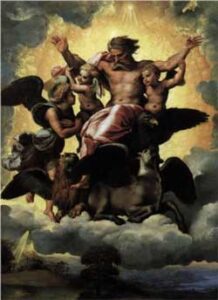
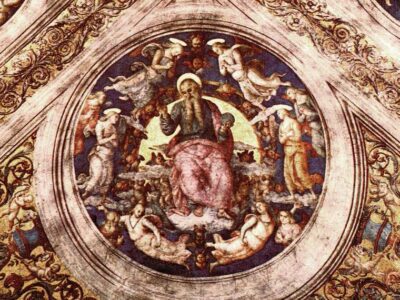
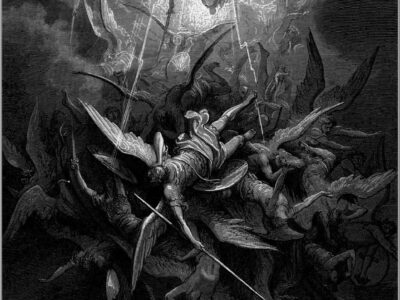
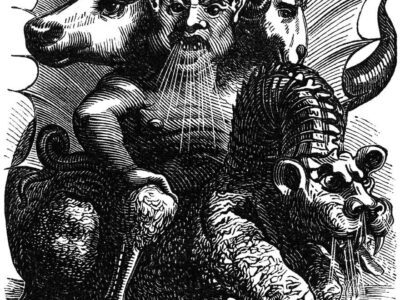
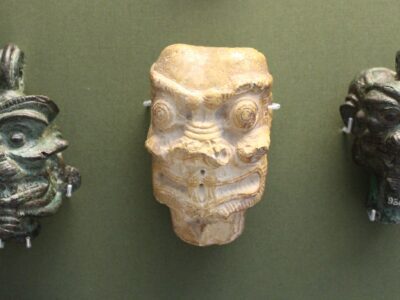
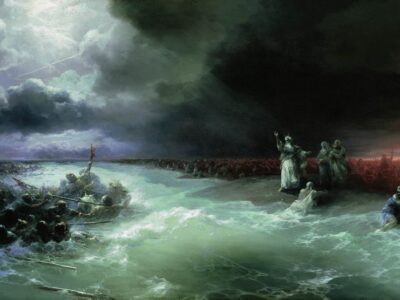
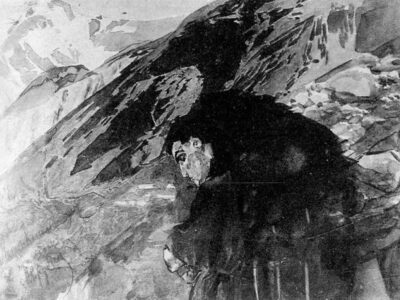
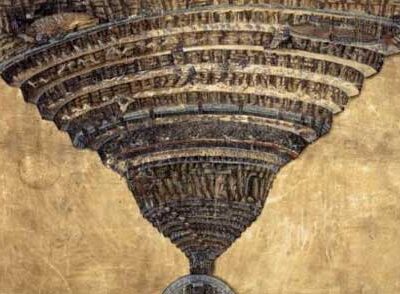
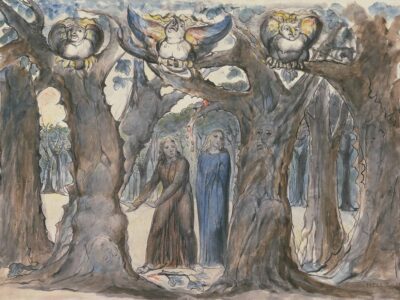
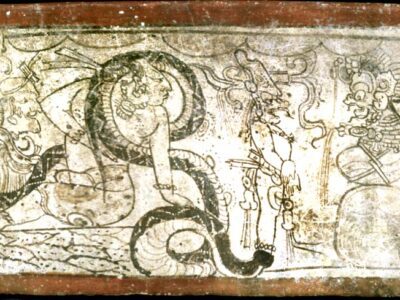
 Mystic Profile: Francis of Assisi
Mystic Profile: Francis of Assisi